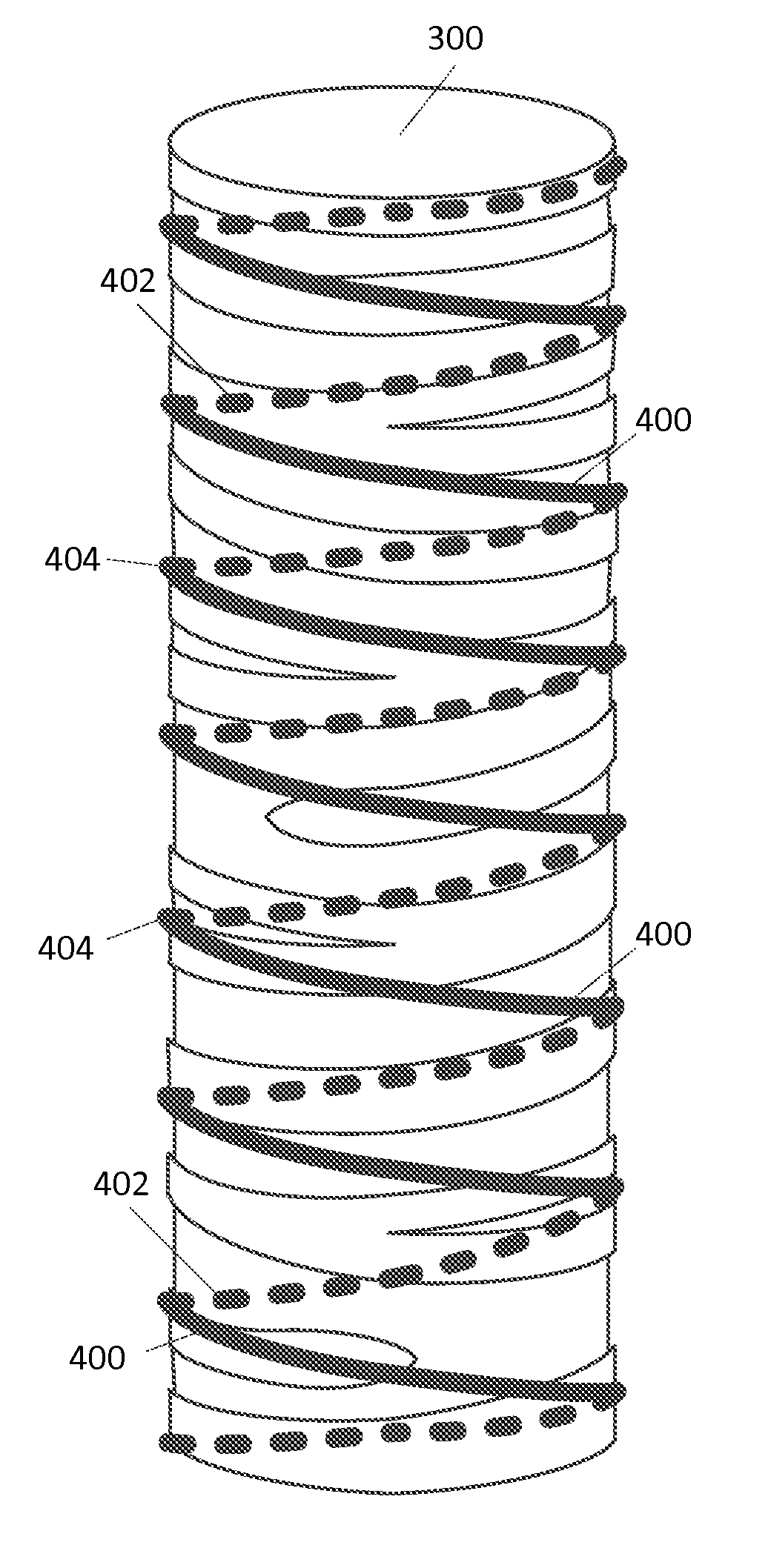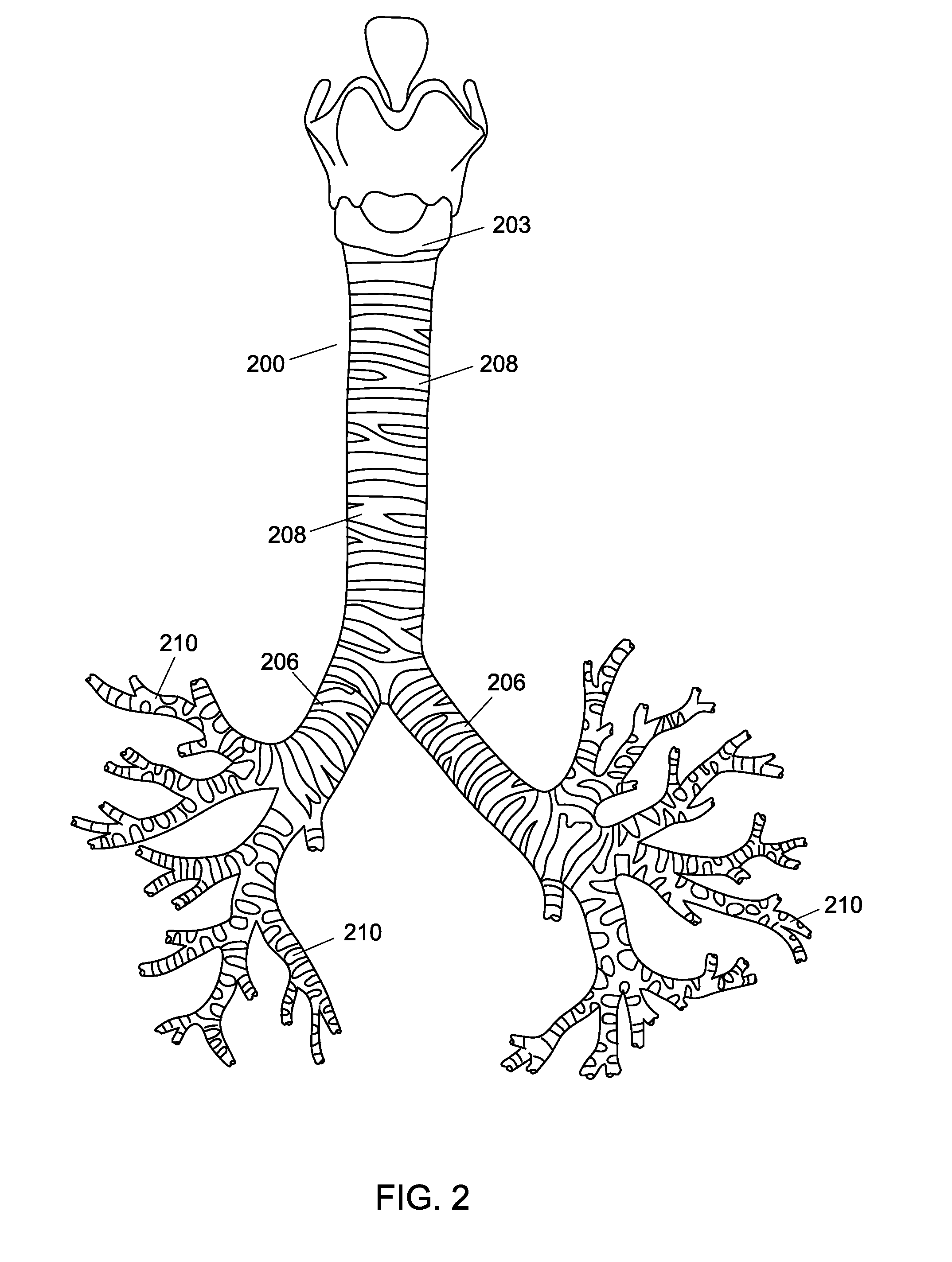System and method for fabricating custom medical implant devices
a technology of medical implants and manufacturing methods, applied in the field of custom medical implant devices, can solve the problems of vascular plaques that are typically non-uniform, block blood vessels, and form bulky occlusions, and achieve the effect of easy dissolution of the cor
- Summary
- Abstract
- Description
- Claims
- Application Information
AI Technical Summary
Benefits of technology
Problems solved by technology
Method used
Image
Examples
Embodiment Construction
[0015]The present invention is directed towards a method for creating a custom fitting tubular insert for insertion into the inner cavities of a patient. The inner cavities of a patient may include, but are not limited to, the trachea, bronchi, vessels, any part of the airway system, circulatory system, urinary system, and / or digestive system. The method can create a custom-made insert to fit the unique contours of an individual along any portion of a patient's inner cavities. A custom implant that corresponds to the anatomy of the patient can be very desirable because an implant that does not match the patient's anatomy can be uncomfortable and cause injury. For example, cylindrical implants used to keep airway passages open are problematic because they create pressure points that wear down the patient's trachea. Thus, a custom fitting structure would greatly improve the successful use of medical implants within patients.
[0016]In an embodiment, the method for creating a custom tubu...
PUM
| Property | Measurement | Unit |
|---|---|---|
| softening temperatures | aaaaa | aaaaa |
| surface measurements | aaaaa | aaaaa |
| soluble | aaaaa | aaaaa |
Abstract
Description
Claims
Application Information
 Login to View More
Login to View More - R&D
- Intellectual Property
- Life Sciences
- Materials
- Tech Scout
- Unparalleled Data Quality
- Higher Quality Content
- 60% Fewer Hallucinations
Browse by: Latest US Patents, China's latest patents, Technical Efficacy Thesaurus, Application Domain, Technology Topic, Popular Technical Reports.
© 2025 PatSnap. All rights reserved.Legal|Privacy policy|Modern Slavery Act Transparency Statement|Sitemap|About US| Contact US: help@patsnap.com



